What might have killed the Apple Car and why the company was right to pivot
Apple has halted its shadowy Project Titan, the deeply secret attempt to bring the Californian giant into the world of mass mobility. We ask why, and what it all means
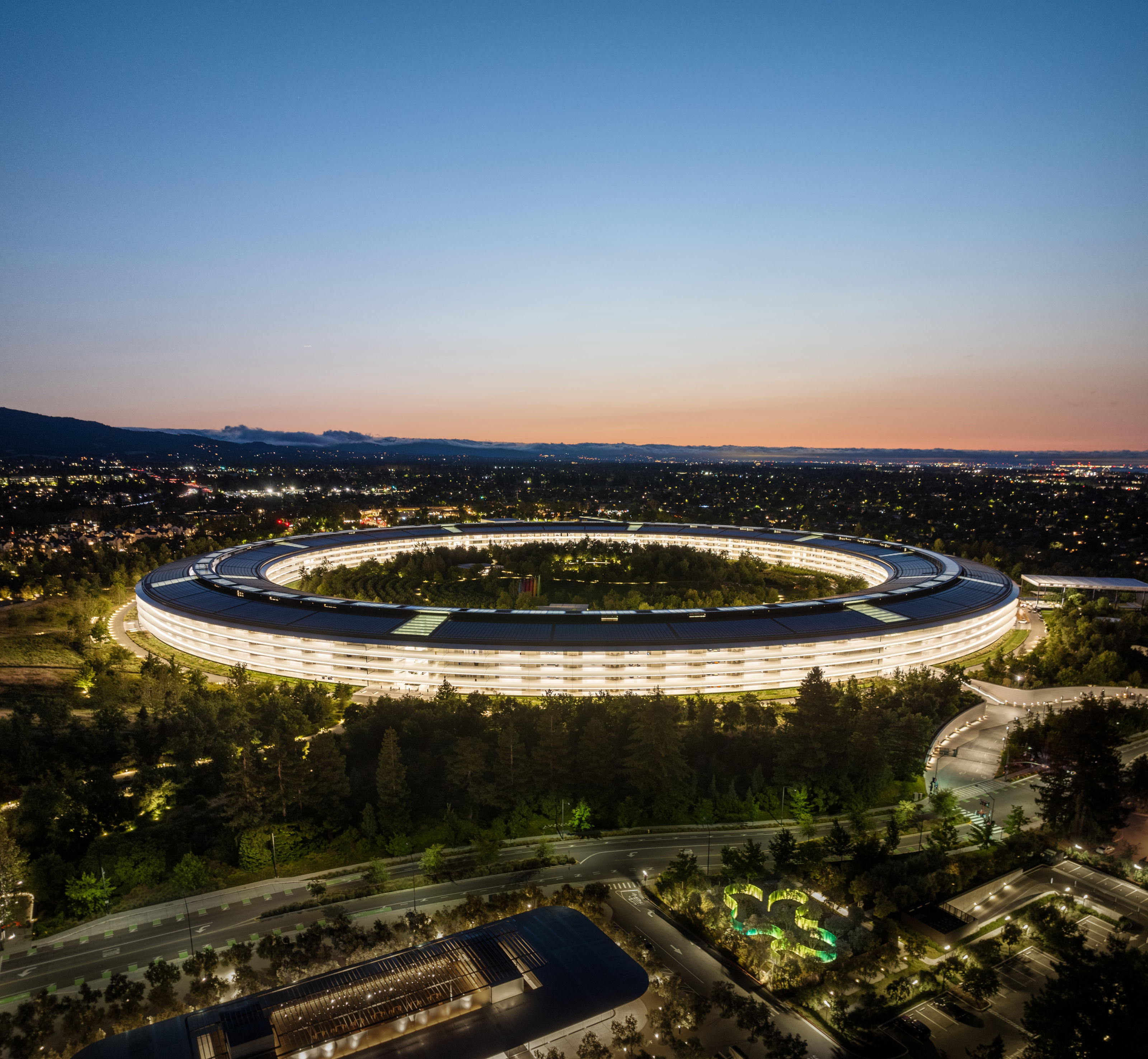
What would have happened if Apple had achieved its goal of building its very own automobile? Would the world of transportation be substantially different, in the same way that the world of work, particularly creative work, was transformed by the introduction of the original Apple Macintosh in 1984?
Arguably what killed this decade-long project was this absence of overarching change; an Apple car, however smart and beautiful, had no chance of enacting the kind of societal change brought on by, say, the iPhone. However, Project Titan, the purported name given to this overarching attempt at reshaping the sector, can’t really be called a failure. Apple’s learnings will be extensive, giving it a vast and invaluable insight into the future wants and needs of an industry that might just be on the slide.
We’re not left with many clues about how those ten years were spent but it would have been intense. Imagine all the engineering and prototyping and code and cross-pollination with the Apple eco-system, as well as purported tie-ins with Hyundai, a hiring spree that lured specialists from across the industry to Cupertino, the high-profile but ultimately unconfirmed involvement of Marc Newson, and the acquisition of the autonomous specialist Drive.ai in 2019.
In ten years, will the car really matter as much as it does today?
It's worth pointing out that Apple never even publicly acknowledged the existence of Project Titan; all we know about it comes from the currents of industry speculation and personnel movement, as well as a smattering of patent filings. Ironclad NDAs have kept all the details away from the media.
Apple keeps its failures close to its chest, rarely commenting on forthcoming product and certainly not stooping to anything as vulgar as a conceptual tender. As a result, many such projects must come and go within the magnificent halls of Apple Park without anyone outside those hallowed curved glass walls being any the wiser. In contrast, rivals seem to spray out ideas with messy abandon, simply unceremoniously yanking them from the market when they fail to make the expected splash (visit KilledbyGoogle.com to see what we mean).
Why the odds were stacked against an Apple Car
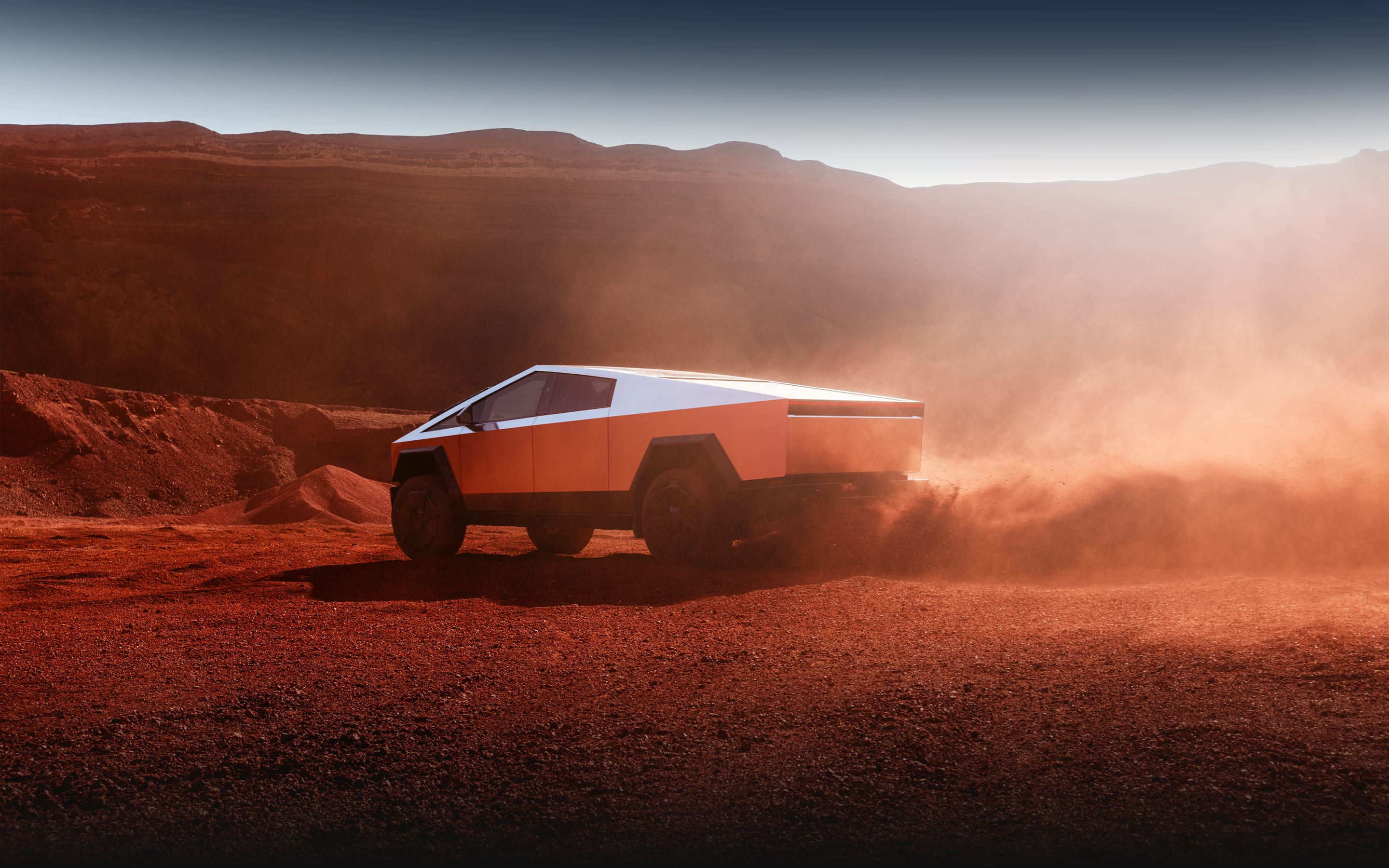
Be careful what you wish for: the Tesla Cybertruck
Elsewhere, Tesla regularly demonstrates the dangers of a personality cult overtaking and overshadowing the credibility of the actual product, while closer to home, Apple’s Vision Pro illustrates just how expensive and complex it is to define and dominate a niche category in your own image.

BMW i Vision Circular (2021) and BMW i Vision Dee (2023)
So would an Apple Car have had a premium focus like a BMW or Mercedes, an aspirational product available only to the select strata of society determined to pay a little bit more for quality and innovation (arguably the sweet spot occupied by iPhone and Mac)? Or was it intended to be a democratising technology with a world-changing remit, a Ford Model T for the 21st century? That’s not really Apple’s style. The Mac may have freed the world from the beige shackles of the corporate PC, but it was never about bringing computing to the masses.
Receive our daily digest of inspiration, escapism and design stories from around the world direct to your inbox.

Mercedes Vision EQXX concept (2022)
Most likely, the numbers were crunched over and over again throughout the project’s decade-long gestation, revealing each time that to achieve the level of fit, finish, innovation and quality that is synonymous with the brand would simply be impossible. An Apple Car equivalent in price to a Rolls-Royce? Easy, probably. Any more affordable, and there would have been problems. Others have found it harder to rein in their ambition.
The early years of electrification were rife with automotive vapourware, as start-ups and existing brands promised the Earth and found it was harder to deliver than first envisaged. It’s not just all-new models that slipped and slipped (and often vanished altogether); technologies like autonomy have been left hanging in the wind as the technological benefits and political will found themselves continuously and irredeemably at odds. Given that autonomy was considered to be the core technology at the heart of Apple’s project, the ever-shifting goalposts made the likelihood of Apple succeeding less and less likely.

Mindset E-Motion Concept (2008)
These days, we know that ‘self-driving’ cars have little more capacity than a glorified cruise control system, and that’s absolutely fine. Most people switch such systems off the minute they get in their car. The ultra-rapid rise of AI will probably make consumers even more hesitant to embrace the mind of the machine. In any case, it seems that autonomy will work best for buses, minivans and taxis, everyday pieces of infrastructure that’ll never be considered sexy, or garner the rabid fandom and loyalty that Apple has accrued for its hardware.

The interior of Waymo's rider-first autonomous vehicle platform, designed in partnership with Zeekr
Apple is in the business of technology, not mobility, and while the more optimistic technocrats seem to think the two sectors are on the brink of convergence, the end of Project Titan implies that this moment is still in the far future, beyond the scope of even the most far-reaching financial projections and analysis.
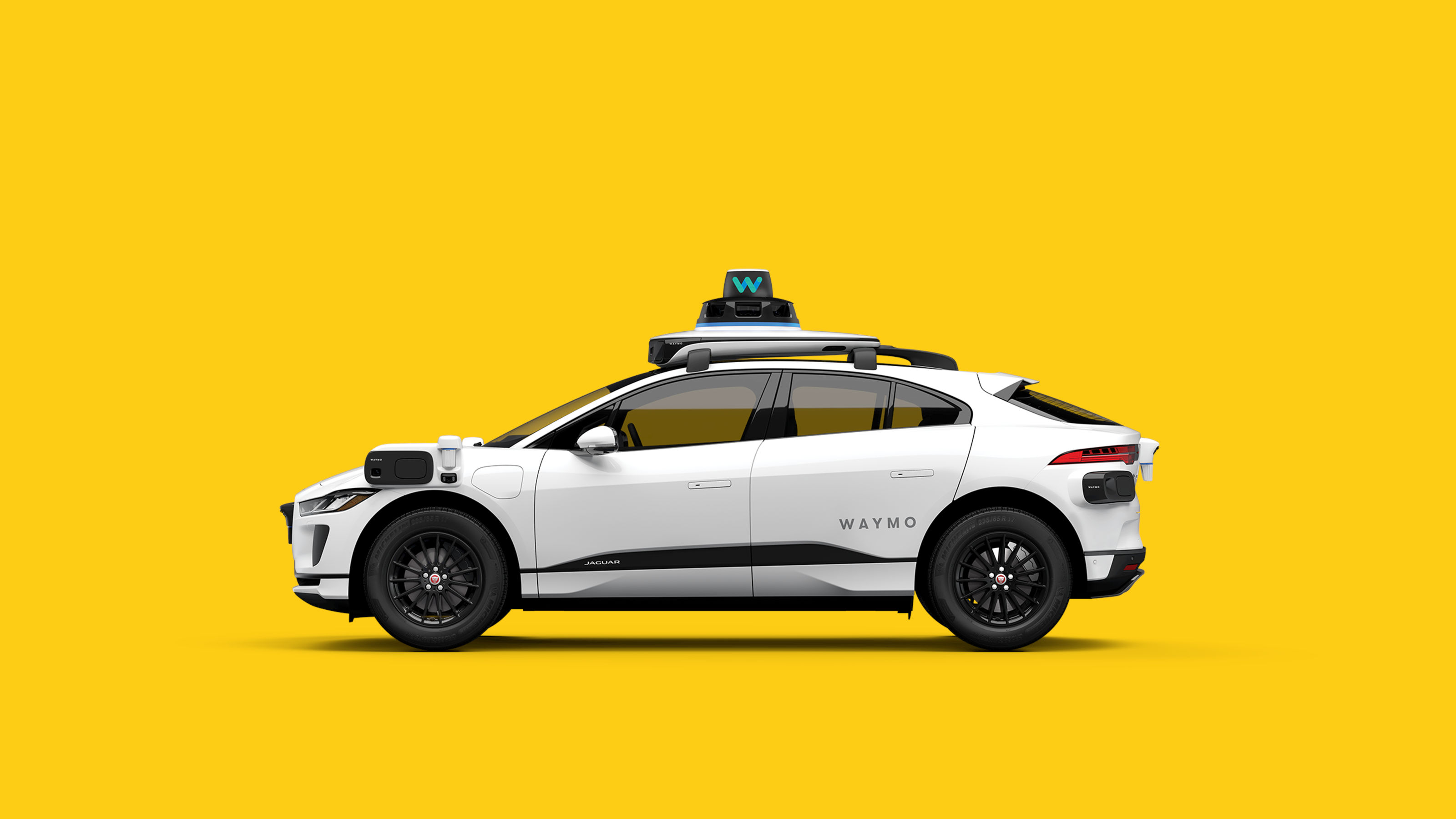
Jaguar I-PACE autonomous car by Waymo
So were the technological challenges unsurpassable? A highway is a complicated environment; even the smartest technology has shown itself to be fallible, fatally so, when presented with the computational chaos of the world going about its business. There’s reputational damage to be had in promising to seamlessly navigate this world and then failing to deliver, as Tesla, Waymo and others have discovered to their cost. Every age has its bold, bright technological marvels of transportation that ultimately go on to reveal their fragility, be they express trains, Ocean liners, or airliners.

The early Google autonomous cars: not for public consumption
Making cars has always been hard. Making cars on a scale that'll change our whole perception of private transportation is, we suggest, nigh on impossible. The list of car marques that never made it out of the workshop is extensive, and it's not just outlandish supercars or hyper-luxury specials that failed to fulfil their promise; plenty of modest, affordable, practical and desirable models never made the grade either, stymied by the sheer impossibility of the task.
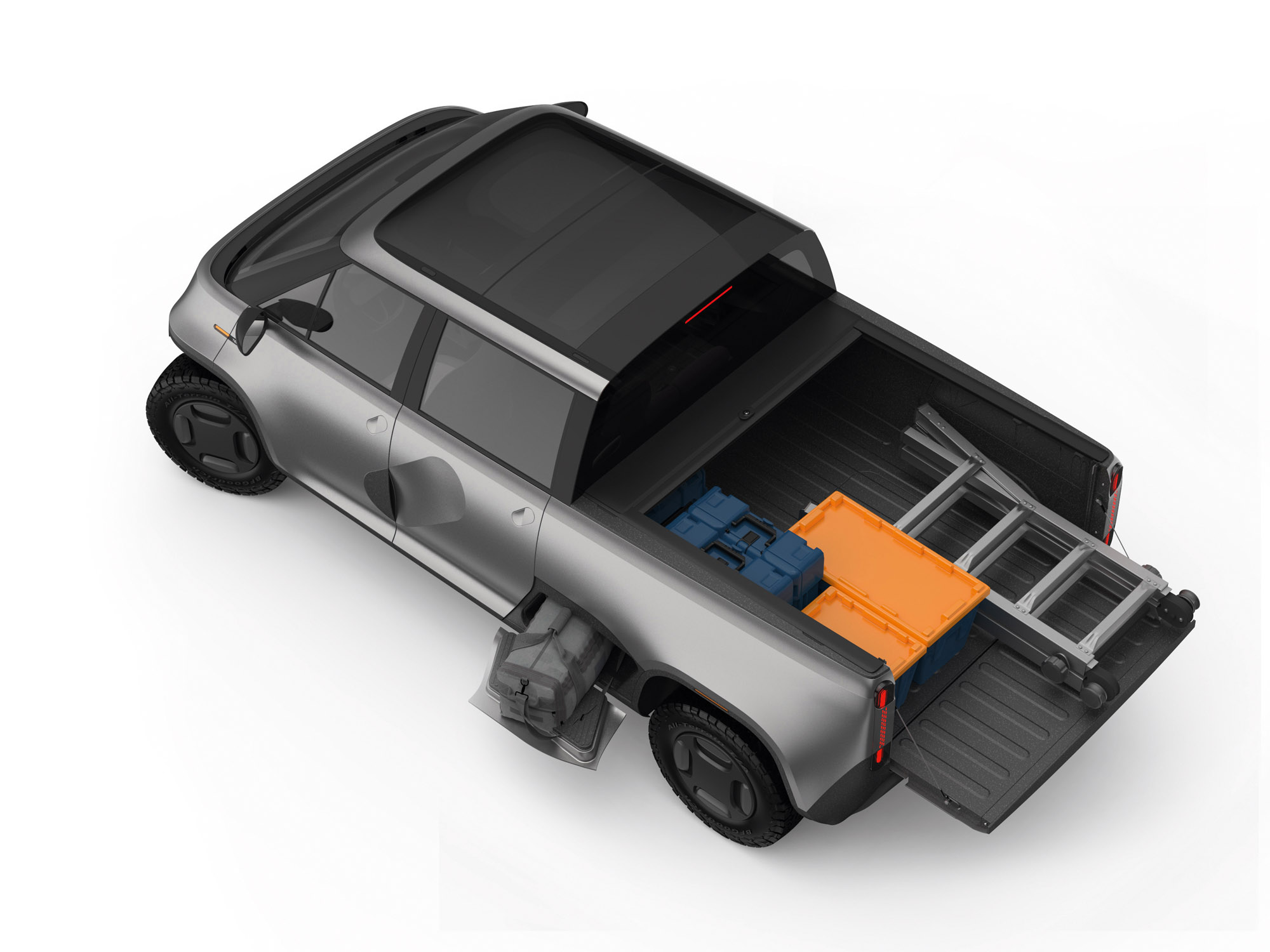
Telo EV pick-up truck by Fuseproject
How much money did Tesla burn through before turning a profit? How much did Rivian lose in 2023? How many brands have been hyped and feted but ultimately failed to deliver? Common wisdom contends that electrification lowered the bar for entry. But unless you're content with building a handful of cars for a very select and patient customer base, there's still a world of materials logistics, supply chains, endless legislation, and social, environmental and geopolitical manoeuvring around manufacturing issues that means big numbers remain out of reach for all but the deepest, deepest pockets.

Dyson EV concept
Apple might have kicked its much-vaunted car project to the curb, but what does this mean for the rest of the industry? The precedents would seem to justify the company’s decision. Sir James Dyson spent a purported $500m on getting his own pet project, the Dyson BEV, to the stage of polished prototype; Apple’s outlay over the course of a decade could be many, many times more.
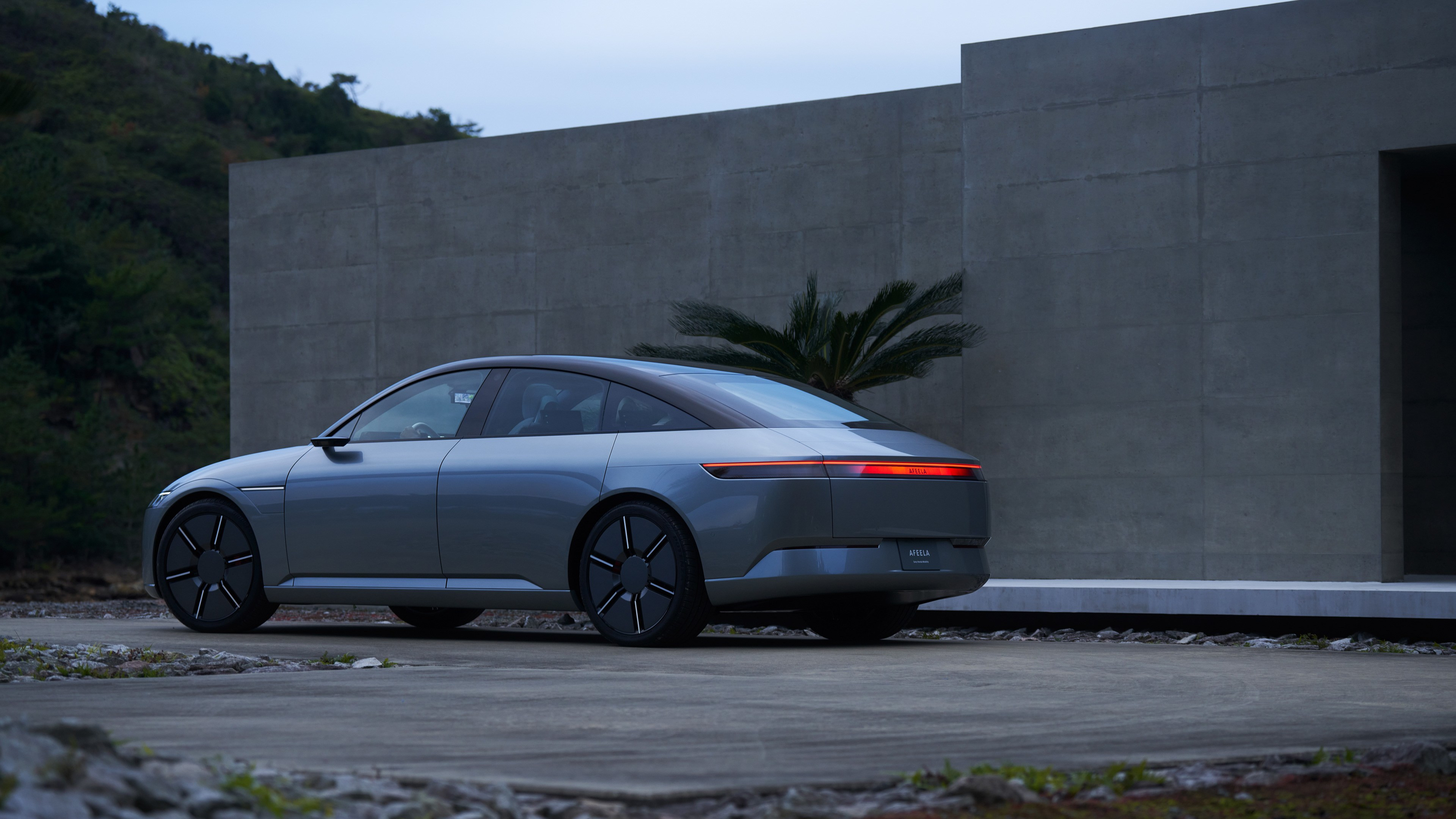
Sony Afeela EV
Several tech companies, including Samsung, Sony and Huawei have all dipped a toe in the car market, with the latter two working on credible models that may well come to commercial fruition. Sony is buddying up with Honda to help tackle the manufacturing, while Huawei is proposing the Luxeed S7 as a credible Tesla rival. Samsung, on the other hand, had a rather uninspiring partnership with Renault, re-badging the French company’s Fluence EV as the Renault Samsung Fluence SM3 ZE way back in 2011.
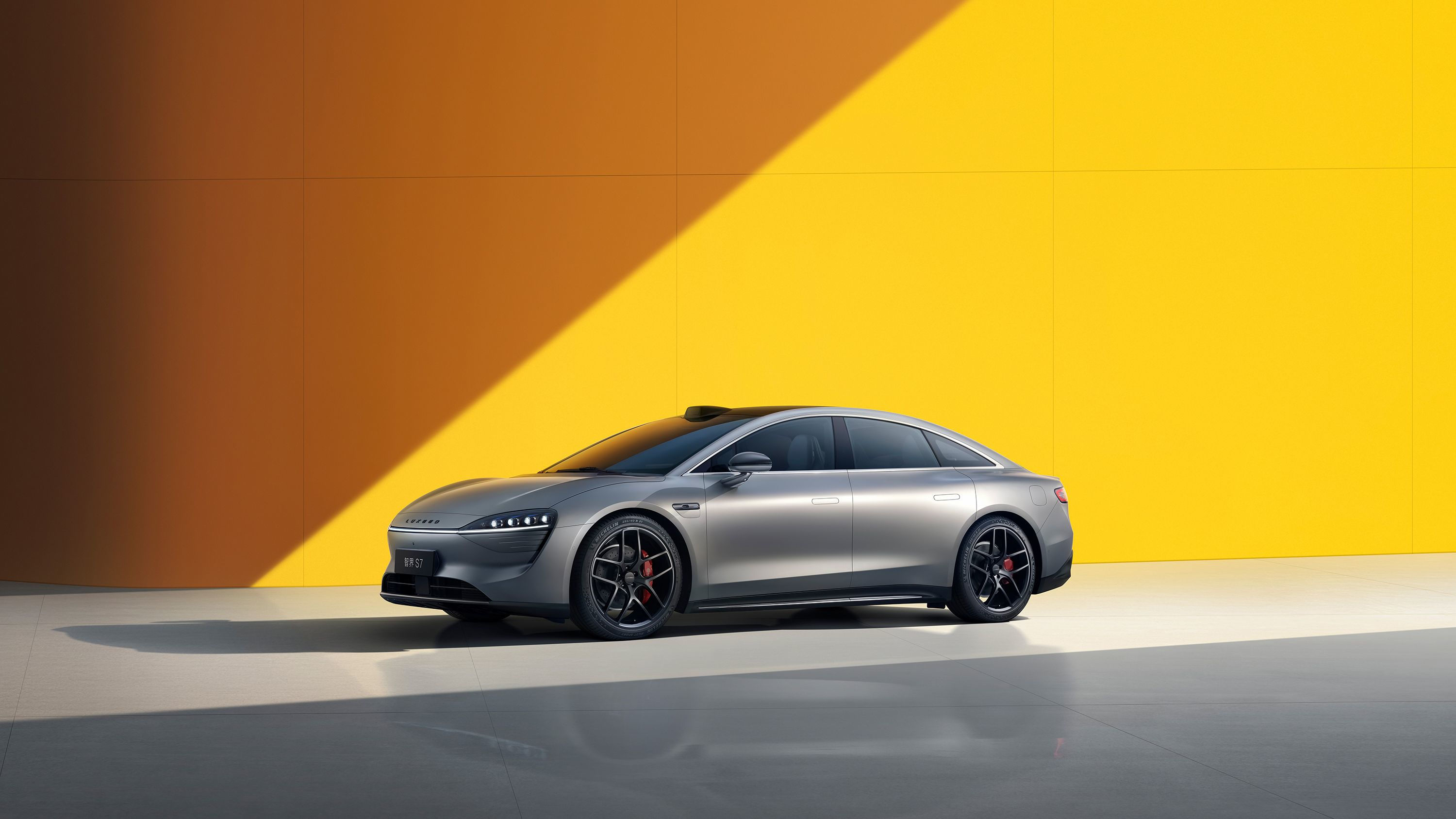
Huawei's Luxeed EV
None of these examples pushed the boundaries of design, let alone shook up the ways in which cars are built, used, parked, and charged. Google (later Waymo) sparked intense interest and even desire with its early research vehicles, deliberately cutesy and counter to the prevailing macho orthodoxy of car design. But they were never intended for commercialisation.
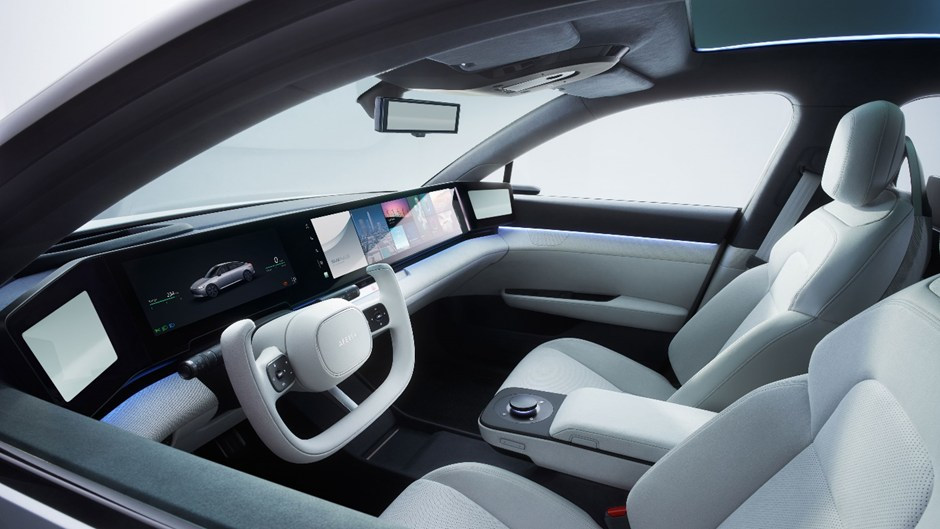
Inside the Sony Afeela EV
In a similar vein, there is Heatherwick Studio’s Airo EV concept, which has also fallen by the wayside. Those with longer memories might recall others, like the 2008 Mindset EV, the 2011 Mia Electric, even the legendary General Motors EV1 from the 1990s, and countless more that didn’t make the cut. We’re fervently hoping that the Telo electric pick-up truck doesn’t go the same way.

Apple CarPlay for Aston Martin
One explanation as to why Apple bit the bullet and canned its car project is that the business case for its involvement in the auto industry has been fulfilled. The company's CarPlay technology, first introduced in 2014, is now one of the de facto industry standards, bringing not just licensing fees but ensuring new cars are increasingly deeply immersed into the wider Apple ecosystem. Late in 2023, the next generation of CarPlay integration was announced, previewed by early adopters like Porsche and Aston Martin.

Apple CarPlay for Porsche
Here's another reason why Apple's U-turn might turn out to prescient. In ten years, will the car really matter as much as it does today? The car is changing, as are the ways we use it, both through necessity and new laws. There's every chance that the qualities that make certain contemporary cars more desirable than others will be all but irrelevant in the very near future.
Ultimately, perhaps the car guys and girls that Apple hired from around the world never managed to divine the company's place within these ever-shifting sands. To preserve the essence of the brand, Apple Car would have to be at or near the top of the tree. The problem was, the tree itself became ever trickier to define as the development process wore on.

Ford 021C Concept by Marc Newson (1999)
That's not to say that others didn't succumb to rampant speculation. 'Apple Car' is a popular AI prompt and even before that tech took off, working out what such a machine might look became a favourite designer parlour game. Real references were scant.
Jony Ive and Marc Newson were both closely associated with the project back in the day (now neither designer has any direct affiliation to the company; Ive founded Love From in 2021). Both are genuine car enthusiasts – Newson once created a standout concept for Ford, the 021C, and both are noted aficionados of Aston Martin (Steve Jobs, allegedly, would swap his Mercedes SL every six months in order to circumvent the need to despoil the vehicle with a physical licence plate – new cars in California didn't need them provided you had a paper licence).
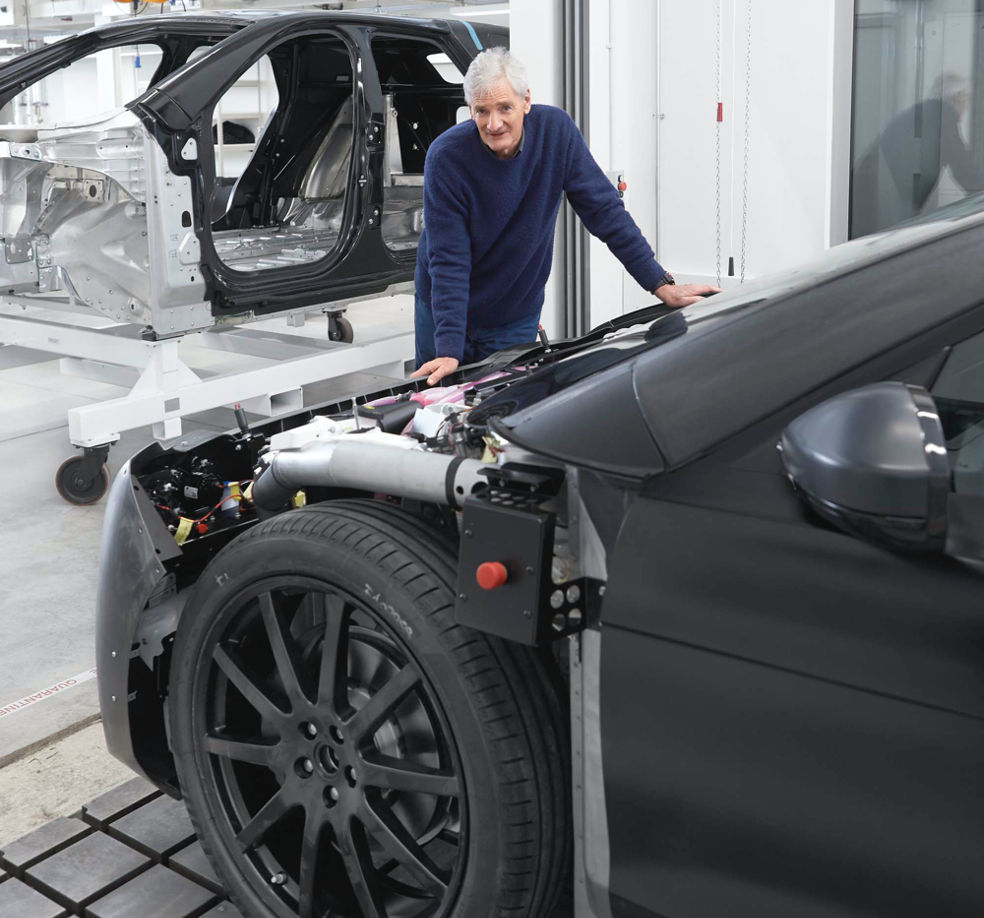
Sir James Dyson looks under the hood of the Dyson EV concept
What next? Are there any mobility moves left for Apple to make? Cars might never fly in the way envisioned by futurists and sci-fi films, but the flying taxi, or multi-rotor electric helicopter, depending on your viewpoint, is still very much a going concern amongst mobility pioneers. Innovative? For sure. Revolutionary? Probably not, with use cases limited to the emergency services and the ability to shave a few minutes off the boardroom-to-penthouse-to-yacht-to-private-jet commuting times of the 0.1 per cent.

Going up? Honda's eVTOL Concept
It's hard to imagine Apple willing to put its name on a such an untried and potentially risky technology. There is no commercial or political appetite for jetpacks and other flying machines. Likewise, there are not and never have been any Apple-affiliated stunts along the lines of Musk's ‘Hyperloop’.
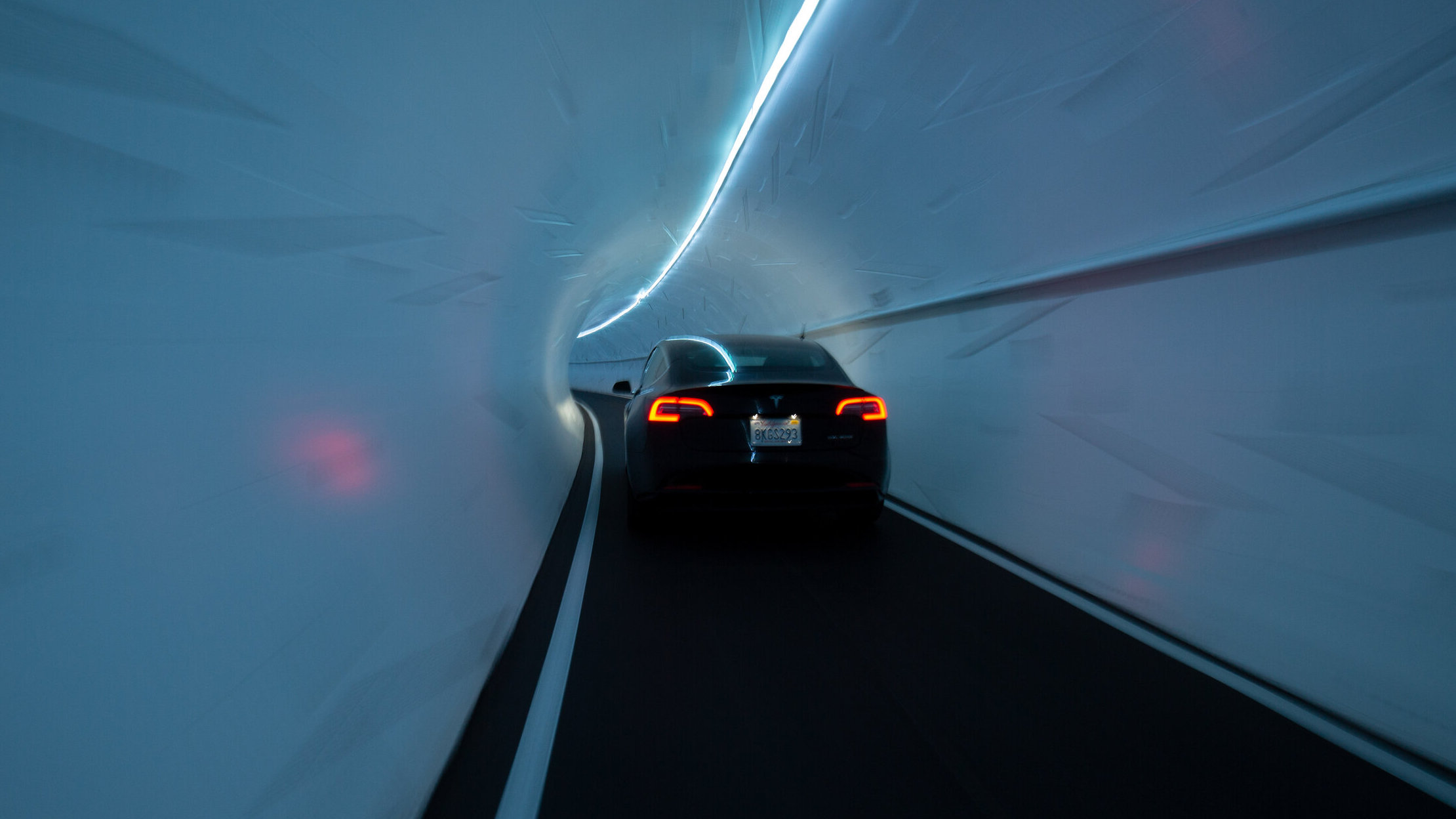
Going down? The Vegas Loop by The Boring Company
Word has it that Apple’s primary pivot will be towards generative AI, hardly reassuring for those who view the 'revolution' in AI as singularly lacking in a coherent and benign (let alone non-catastrophic) vision. Most likely, all that freshly squeezed machine intelligence will be smoothly and seamlessly deployed in Apple's next generation of digital assistants, executed with such elegance and competence that they will appear nothing short of magical.
That, after all, is the company's greatest strength; an ability to streamline, hone and direct the inexorable flow of innovation into products and services that we can't ever imagine living without. For increasing millions, now and in the future, the car will never occupy that spot.

Apple AirTag keyring
Jonathan Bell has written for Wallpaper* magazine since 1999, covering everything from architecture and transport design to books, tech and graphic design. He is now the magazine’s Transport and Technology Editor. Jonathan has written and edited 15 books, including Concept Car Design, 21st Century House, and The New Modern House. He is also the host of Wallpaper’s first podcast.
-
 Curvilinear futurism meets subtropical beaches at Not A Hotel’s ZHA-designed Okinawa retreat
Curvilinear futurism meets subtropical beaches at Not A Hotel’s ZHA-designed Okinawa retreatZaha Hadid Architects has revealed the design for the first property in Not A Hotel’s futuristic new Vertex collection, coming soon to southern Japan
-
 Gorden Wagener leaves the helm of Mercedes-Benz design after 28 years with the company
Gorden Wagener leaves the helm of Mercedes-Benz design after 28 years with the companyThe German designer is stepping down from the role of chief design officer at Mercedes-Benz. We look back at his influence and impact on the world of automotive and luxury design
-
 These Christmas cards sent by 20th-century architects tell their own stories
These Christmas cards sent by 20th-century architects tell their own storiesHandcrafted holiday greetings reveal the personal side of architecture and design legends such as Charles and Ray Eames, Frank Lloyd Wright and Ludwig Mies van der Rohe
